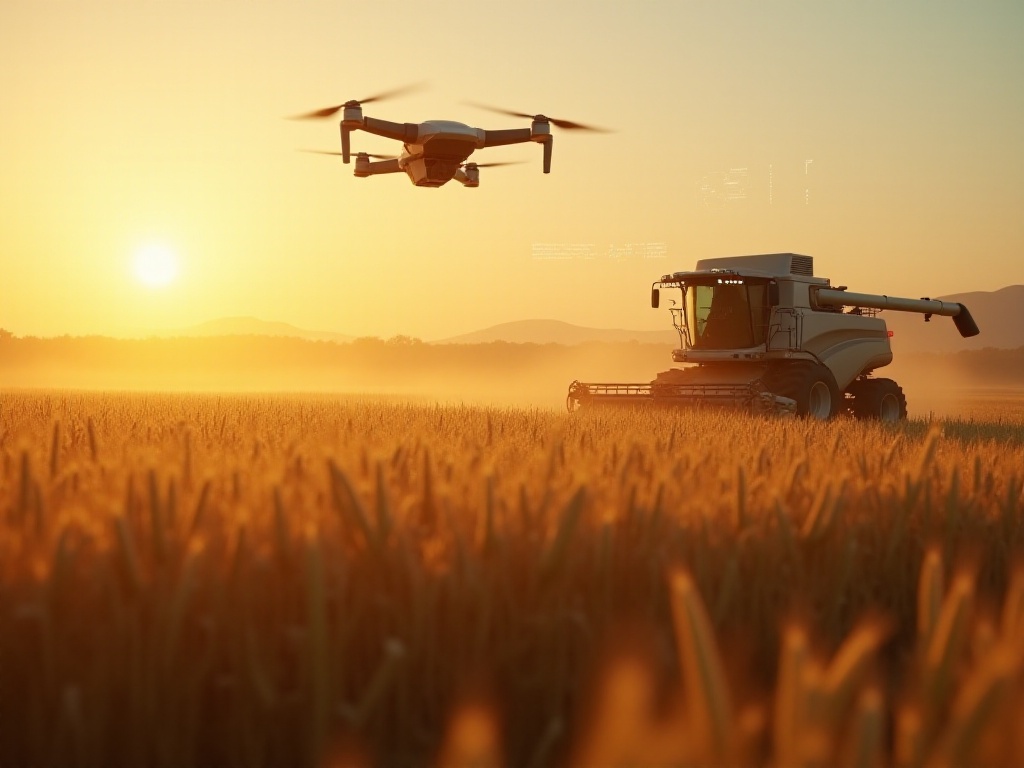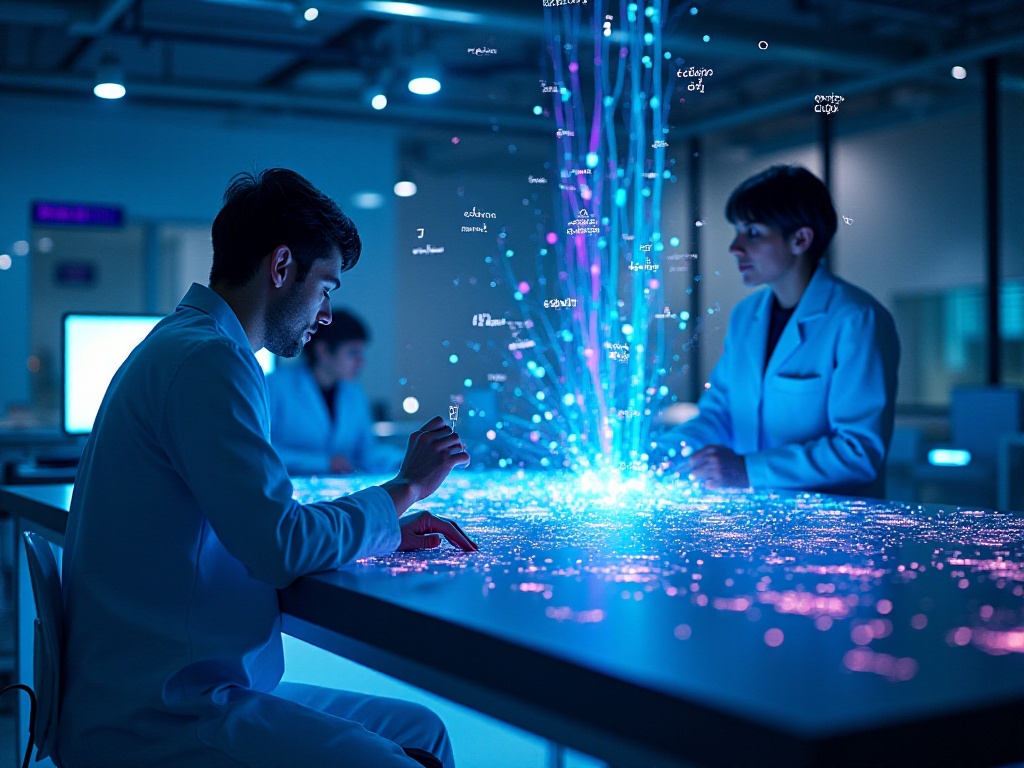Opening
Hello friends, I've noticed that more and more people around me are paying attention to self-driving technology lately. Have you noticed how our cities are quietly changing? We're seeing more Tesla, XPeng, and NIO intelligent vehicles on the roads, and they're all continuously upgrading their autonomous driving features. As a tech enthusiast deeply fascinated by this technology, today I'd like to discuss how AI is reshaping our way of travel.
Just last week, I rode in my friend's newly purchased Tesla Model Y and experienced the latest FSD features. I was truly amazed when the vehicle automatically completed lane changes, turns, and following maneuvers. I remember watching science fiction movies and thinking self-driving cars were far in the future, but now we can experience them up close. It really makes me marvel at how fast technology is advancing.
Technical Analysis
You might think self-driving technology is some distant black magic. Actually, let me explain with a simple analogy: imagine teaching a child to ride a bicycle - first, they need to understand road conditions (that's perception), then learn how to control direction and speed (that's decision-making), and finally practice responding to various situations (that's control). Self-driving cars work the same way, using sensors to "see" road conditions, AI to "think" about how to proceed, and various control systems to "operate" the vehicle.
Specifically, self-driving cars are equipped with various high-tech sensors, including LiDAR, millimeter-wave radar, and cameras. These sensors act like human eyes, capturing real-time information about the surrounding environment. For instance, LiDAR can precisely measure the distance and shape of nearby objects, millimeter-wave radar maintains good detection capabilities even in harsh weather, and HD cameras are responsible for recognizing traffic signs, lane markings, and other information.
The massive amount of data collected by these sensors is sent to the vehicle's onboard computing platform for processing. This platform acts like a human brain, running complex AI algorithms. These algorithms have been extensively trained to accurately identify various objects on the road, such as other vehicles, pedestrians, bicycles, and obstacles. More impressively, they can predict the movement trajectories of these objects, just like experienced drivers can anticipate the behavior of vehicles ahead.
The decision-making system is responsible for planning driving routes and developing response strategies. It plans optimal routes based on the destination while making real-time adjustments to respond to changing road conditions. For example, when the system detects a pedestrian preparing to cross the road, it will reduce speed in advance; when overtaking is needed, it will assess the surrounding environment and choose the appropriate timing to complete the maneuver.
Finally, the control system handles the execution level, responsible for converting decisions into specific operation commands. This includes adjusting steering wheel angles and controlling acceleration and braking. These operations require extremely precise control, taking into account factors such as vehicle dynamics and road conditions. Modern self-driving cars have achieved a very high level of control precision, enabling smooth acceleration, deceleration, and steering.
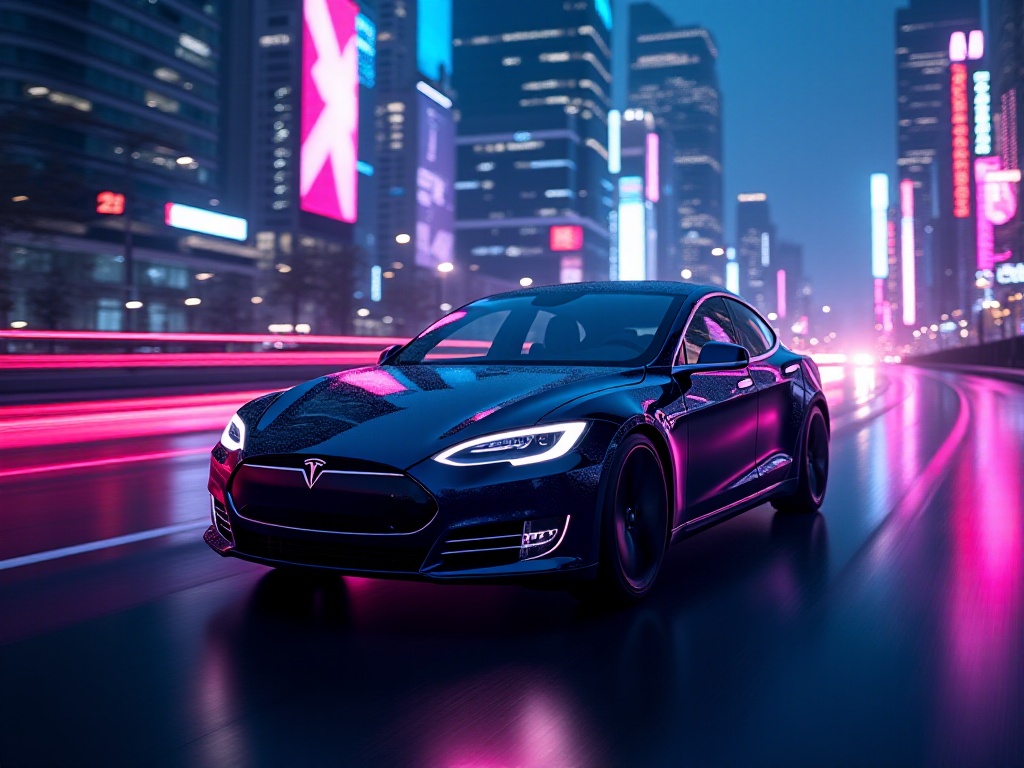
Current Development Status
How far has self-driving technology developed? Let me share some data: As of 2024, over 20 major automobile manufacturers worldwide have launched autonomous driving features at various levels. Tesla claims its FSD test fleet has accumulated over 10 billion miles, equivalent to circling the Earth 40,000 times.
In China, self-driving technology development is also booming. Baidu's Apollo platform has obtained road testing permits in multiple cities, with cumulative test mileage exceeding 10 million kilometers. Startups like Pony.ai and WeRide are actively advancing Robotaxi services. Last year, I experienced WeRide's driverless taxi in Guangzhou, which operated without human intervention and provided a very smooth experience.
Particularly noteworthy is the rise of Chinese intelligent vehicle brands. XPeng's NGP navigation-assisted driving system supports automated navigation on highways and city roads; NIO's NOP+ system supports highway autonomous driving and automatic parking; Li Auto focuses on full-scenario intelligent assisted driving. These companies' continuous introduction of new features brings us closer to true autonomous driving.
In terms of technical levels, most self-driving systems currently on the market are between L2 and L3. L2 requires drivers to be ready to take over at any time, while L3 allows drivers to temporarily let go in specific scenarios. Some companies have begun testing L4-level autonomous driving, meaning completely driverless operation within specific areas.
The investment market maintains high interest in the autonomous driving sector. Statistics show that global investment in autonomous driving exceeded $50 billion in 2023. Multiple tech giants and startups are competing in this field, driving rapid technological iteration. Just a few months ago, I attended a self-driving technology exhibition where the latest sensors and algorithms were eye-opening. For example, the new generation of LiDAR has extended detection range beyond 300 meters while significantly reducing costs; computing chip performance continues to improve, processing complex scenarios faster.
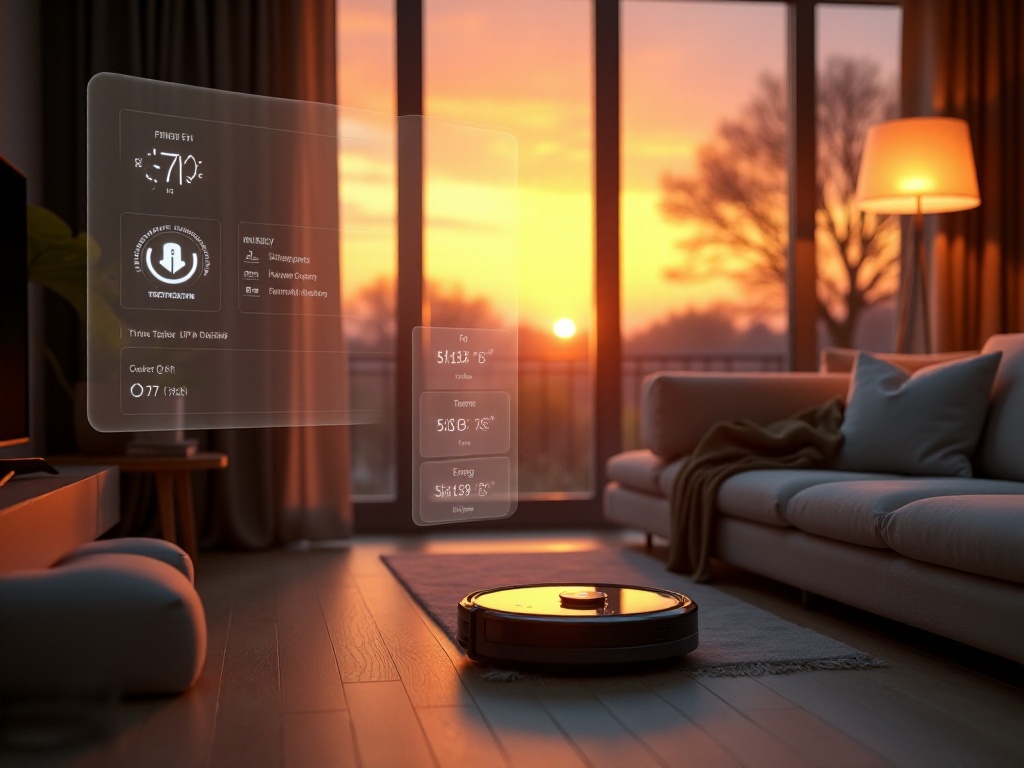
Application Scenarios
Did you know that self-driving isn't just about being able to use your phone while in the car? Imagine having your online purchases delivered by autonomous delivery vehicles, or hailing a self-driving taxi - these scenarios are already reality in some cities. For instance, multiple companies have obtained autonomous passenger service permits in Beijing, Shanghai, and other cities.
I've been regularly using autonomous delivery services lately. Once when working late, I suddenly wanted a late-night snack and placed an order on my phone. Soon after, a compact autonomous delivery vehicle stopped outside my office building. I could unlock it with my phone and retrieve the hot food, completely contactless and very convenient.
In logistics, the application prospects for self-driving technology are even broader. Companies like JD.com and Meituan have deployed autonomous delivery fleets in multiple cities, mainly for last-mile delivery. These small vehicles can work 24/7 without time constraints, greatly improving delivery efficiency. During last year's Singles' Day shopping festival, several autonomous delivery vehicles were shuttling around my residential community, creating a very high-tech atmosphere.
Ports and mining sites are another important application scenario for self-driving technology. These closed or semi-closed environments are relatively simple and easier to automate. For example, Qingdao Port has implemented autonomous driving for container transport vehicles, greatly improving port operation efficiency. A friend who works at a mining company told me their mining trucks have achieved autonomous driving, improving safety while saving significant labor costs.
In agriculture, self-driving tractors and harvesters are becoming common. This agricultural equipment can operate precisely using GPS signals, improving crop yields and reducing resource waste. During a recent visit to my rural hometown, I saw my neighbor's new smart farming equipment that could automatically complete seeding and fertilizing with higher accuracy than manual operation.
The application of autonomous driving in public transportation is also interesting. Some cities have begun piloting self-driving buses and sightseeing vehicles. These vehicles operate on fixed routes and are equipped with various safety measures. During a business trip to Shenzhen last year, I rode a self-driving bus. Although it still had a safety officer, the entire process was automatically controlled by the system, which felt quite novel.
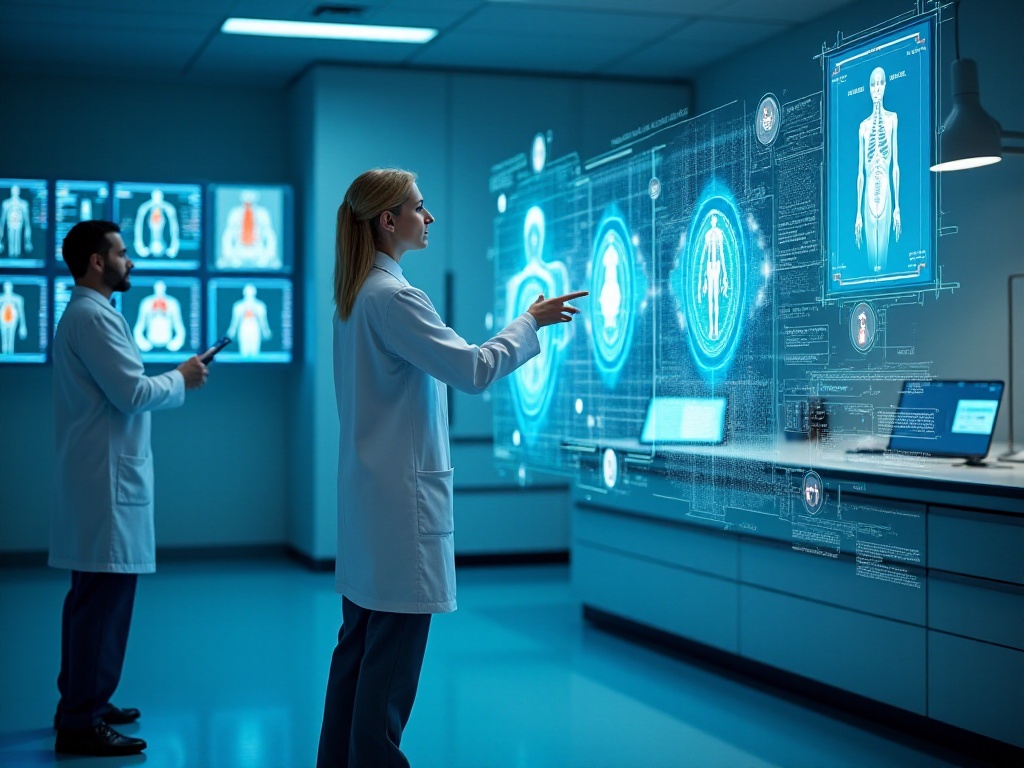
Future Outlook
I think the most exciting aspect is the social transformation brought by autonomous driving. Imagine when most vehicles achieve self-driving capabilities, traffic accidents will greatly decrease (research shows 94% of traffic accidents are caused by human error), and urban congestion will be alleviated. Travel will become more convenient for elderly and disabled people - isn't this the best example of technology benefiting humanity?
In the long term, the popularization of self-driving technology will fundamentally change our lifestyle. Private cars might become a shared resource, with an autonomous vehicle appearing in front of you whenever needed. This would not only improve vehicle utilization but also reduce parking space occupation, allowing better use of urban space.
Energy utilization will also become more efficient. Self-driving systems can optimize routes and driving methods to reduce unnecessary energy consumption. Especially for electric vehicles, intelligent systems can automatically plan optimal charging strategies based on power levels and charging station distribution. I remember once during a long-distance trip, the vehicle system automatically planned the most energy-efficient route and helped me reserve charging stations along the way, providing an excellent experience.
Urban planning will undergo major changes. When autonomous driving becomes mainstream, we may need fewer parking lots, and these spaces can be converted into parks or other public facilities. Traffic signal systems will become smarter, automatically adjusting based on real-time road conditions to improve traffic efficiency.
Work patterns will also change. Commuting time can become work or rest time, as people no longer need to focus on driving. A friend who works at a tech company told me he now often handles emails or attends online meetings during his commute, greatly improving work efficiency.
More importantly, self-driving technology will greatly improve traffic safety. AI systems don't get tired, distracted, or emotional, maintaining optimal driving conditions at all times. The system can predict and prevent potential dangerous situations, such as detecting vehicles that might run red lights or pedestrians who might suddenly dash out.

Challenges to Consider
However, to be honest, the development path isn't entirely smooth. Have you considered questions like this: when autonomous vehicles face unavoidable accidents, how should they choose between minimizing harm and protecting passengers? These ethical dilemmas still need our collective discussion.
Technical challenges are also numerous. For instance, sensor performance might be affected under extreme weather conditions. I once encountered a situation where the vehicle's self-driving function was temporarily unavailable during heavy rain. Additionally, adaptability to different road conditions is an issue. On complex urban roads, systems need to handle more variables, placing high demands on algorithms.
Data security and privacy protection are also important issues. Self-driving cars collect vast amounts of data, including travel trajectories and driving habits. How to store and use this data requires establishing comprehensive management mechanisms. I follow news about this closely, and recently saw reports about a car company being investigated for data security issues, which highlights the importance of this matter.
Improving legal regulations also takes time. For instance, who bears responsibility when accidents occur - the algorithm developers or the vehicle owners? Existing legal frameworks may need adjustment. I remember attending a legal forum last year where experts had heated discussions about this issue but couldn't reach a consensus.
Infrastructure construction is also a major project. To fully utilize self-driving technology, we need supporting smart roads, high-precision maps, 5G networks, and other facilities. This requires substantial investment and long-term planning. My city recently began constructing smart roads, installing various sensors and communication equipment, but the workload is indeed massive.
There's also the practical issue of cost. Although hardware prices related to autonomous driving have been decreasing in recent years, it's still a significant burden for average consumers. My friend who bought a Tesla told me that the FSD feature alone costs several tens of thousands of yuan, which isn't affordable for everyone.
Social acceptance is also a gradual process. Many people still have doubts about self-driving technology and worry about safety issues. My parents often say they feel more comfortable with human drivers, and changing such perceptions takes time. However, I believe people will gradually build confidence as the technology matures and successful cases increase.

Final Thoughts
As a tech enthusiast, I deeply feel how autonomous driving is changing our lifestyle. It's not just a technological innovation but a transportation revolution. This technology fills me with anticipation for the future, imagining a day when we can freely work, rest, or entertain ourselves in cars without worrying about driving.
Although we face various challenges now, technological progress often advances through solving problems. Just like 100 years ago, people couldn't imagine everyone being able to drive, and now we stand on the eve of a new revolution.
I'm particularly looking forward to seeing more innovative applications emerge, such as the integration of autonomous driving with smart cities or its fusion with other new technologies. As witnesses and participants of this era, we are fortunate to experience this world-changing technological revolution.
What are your thoughts on self-driving technology? Feel free to share your views in the comments section. Let's look forward to the beautiful future brought by autonomous driving together!


